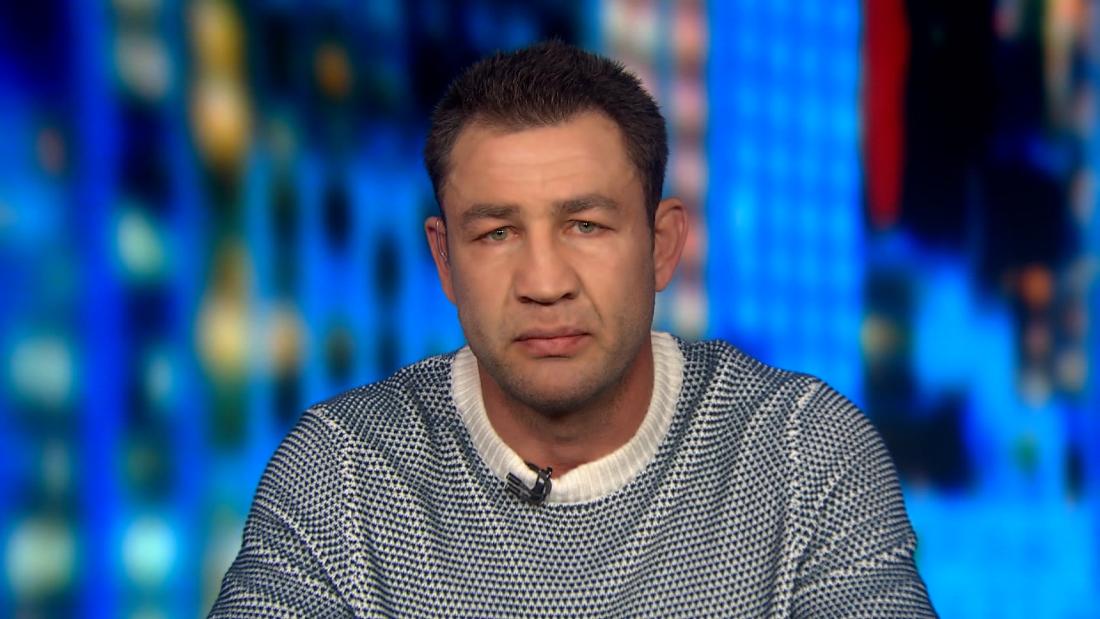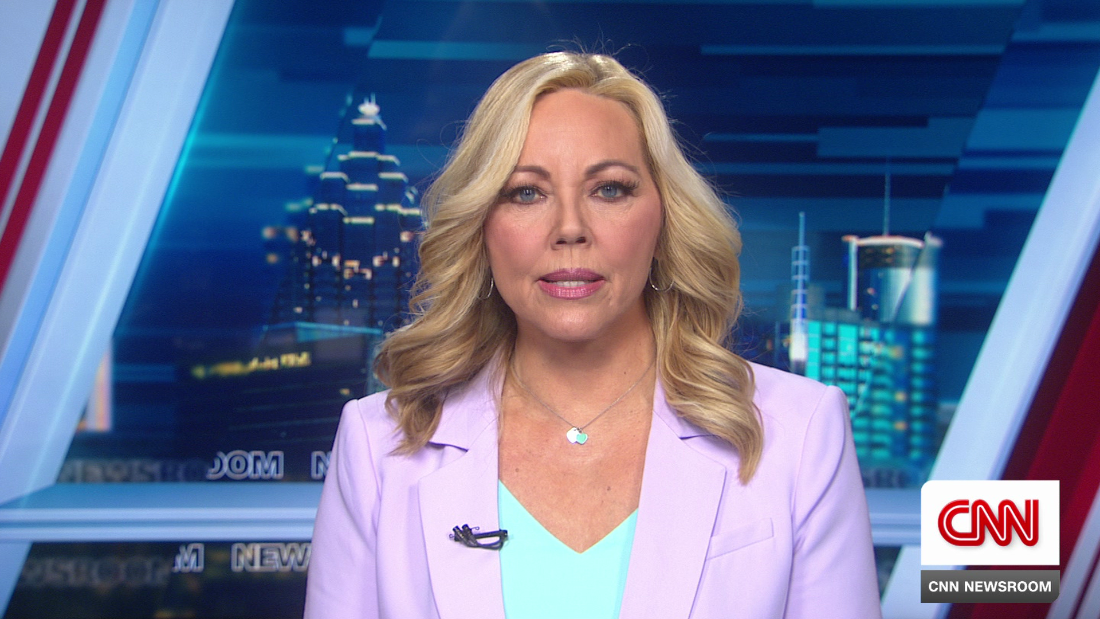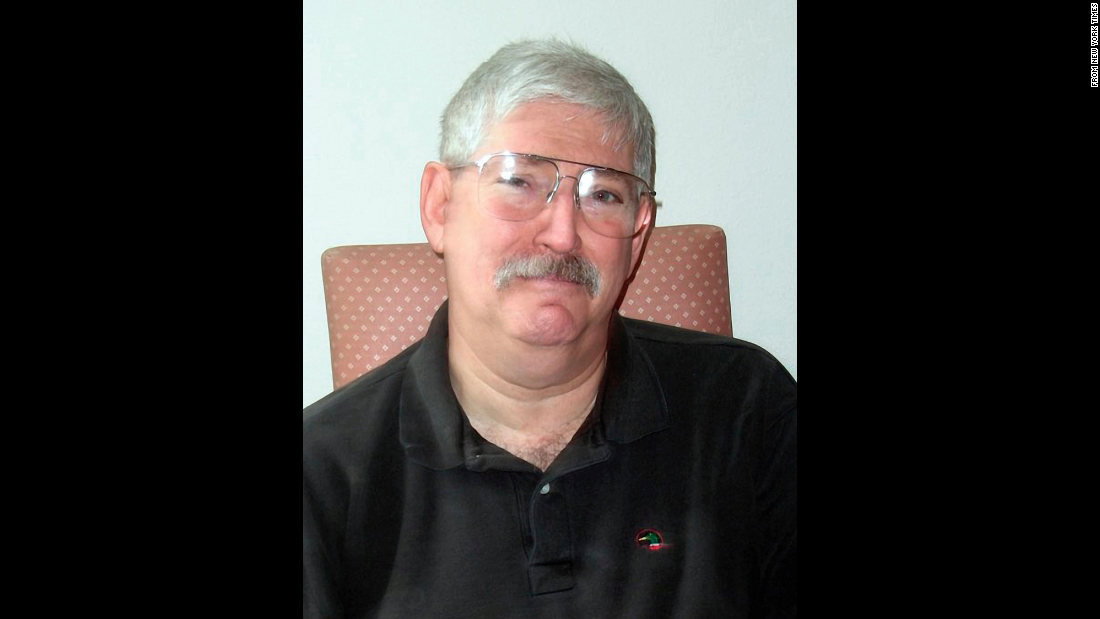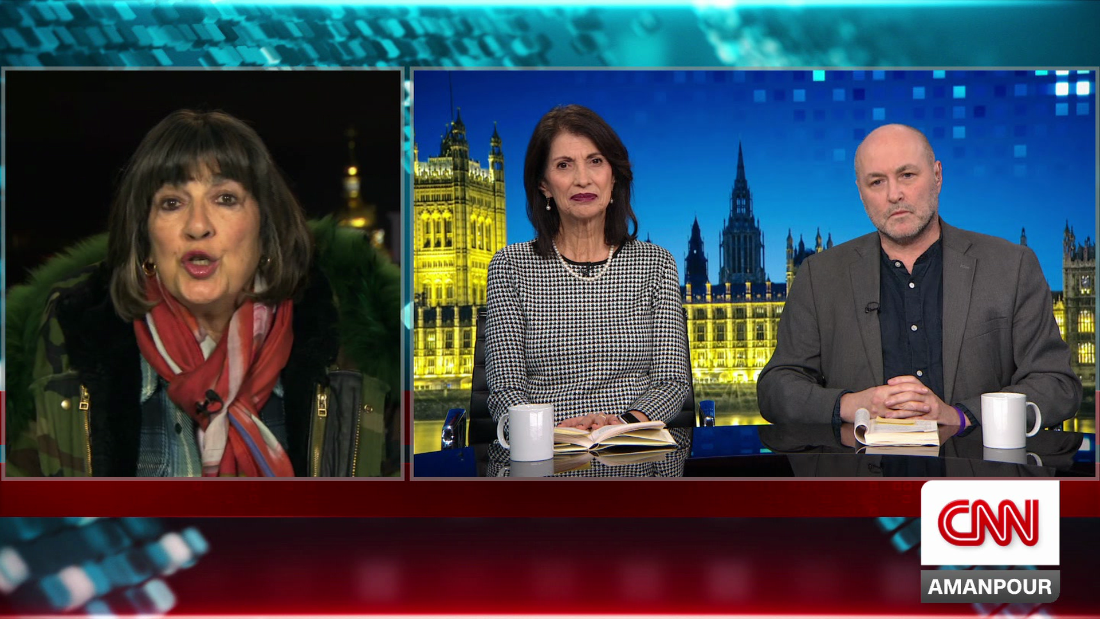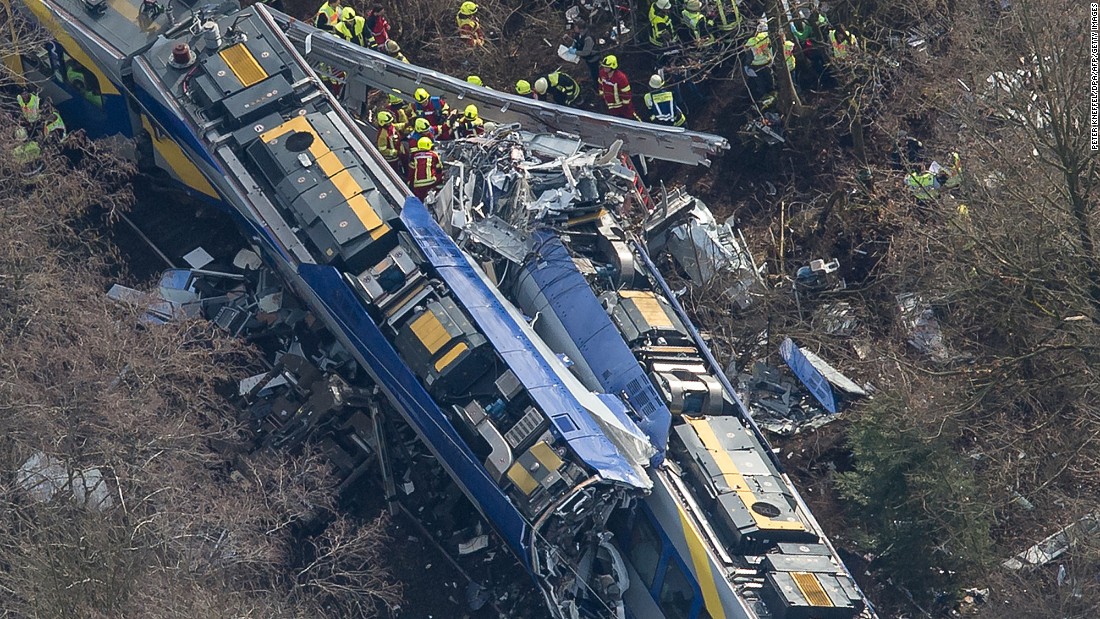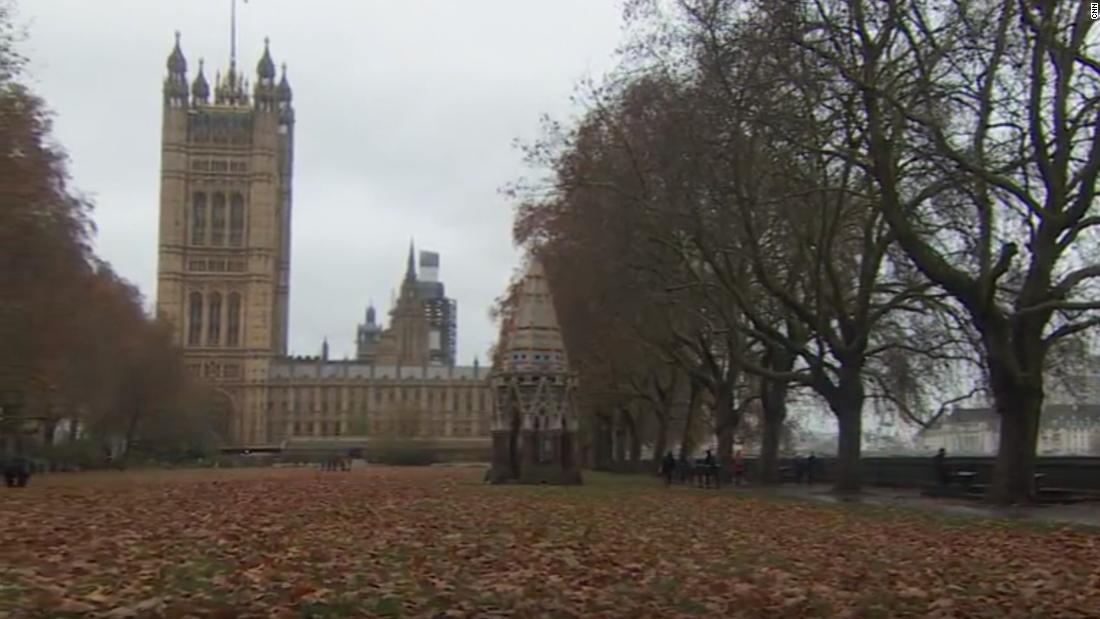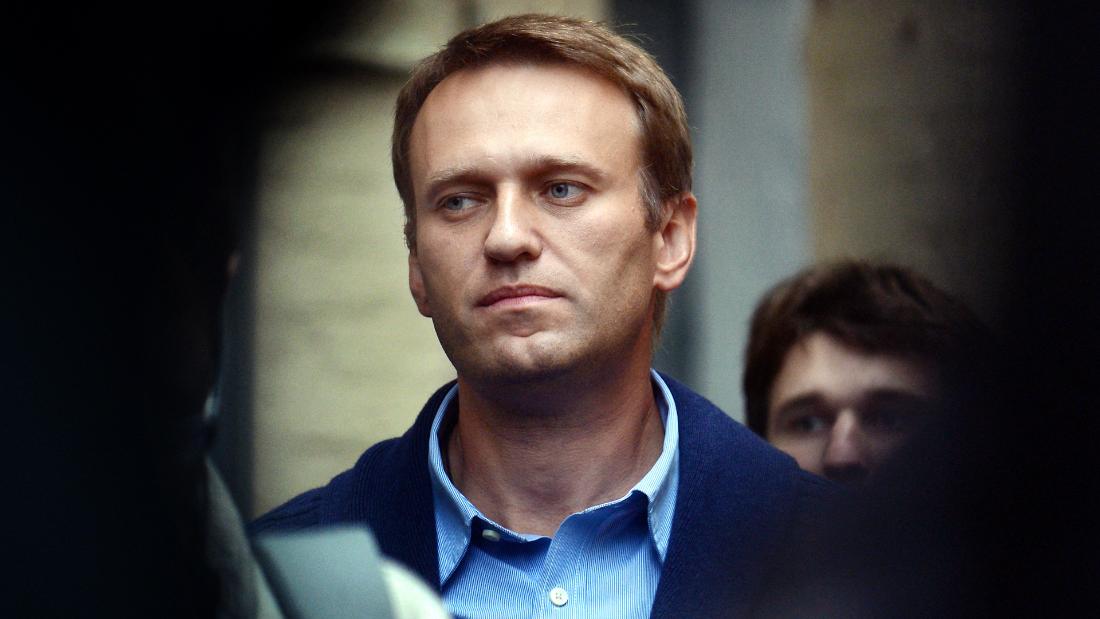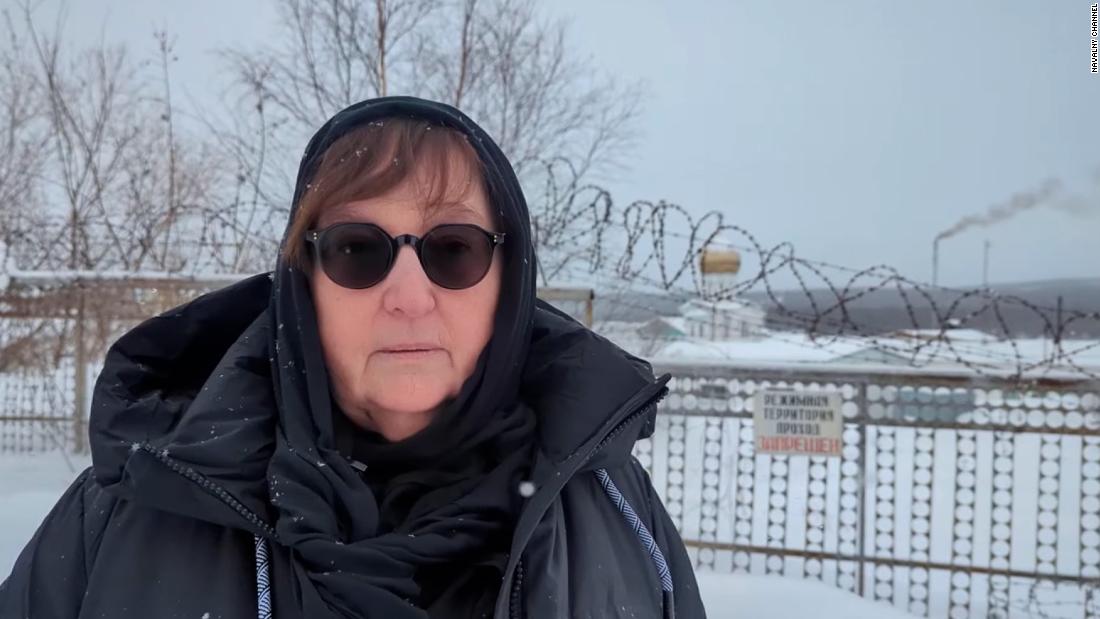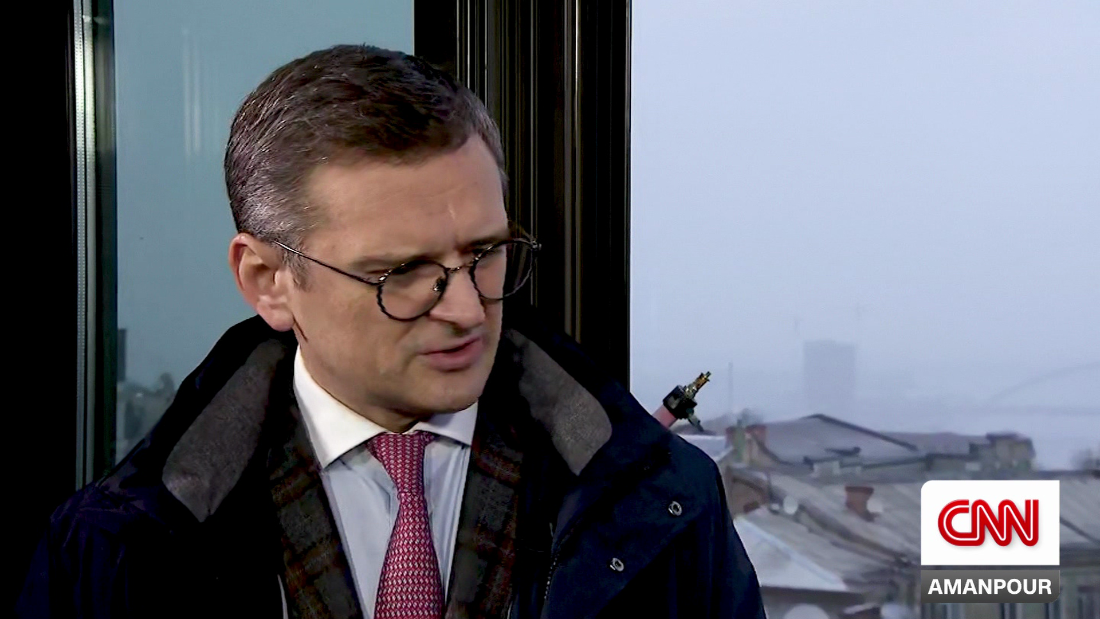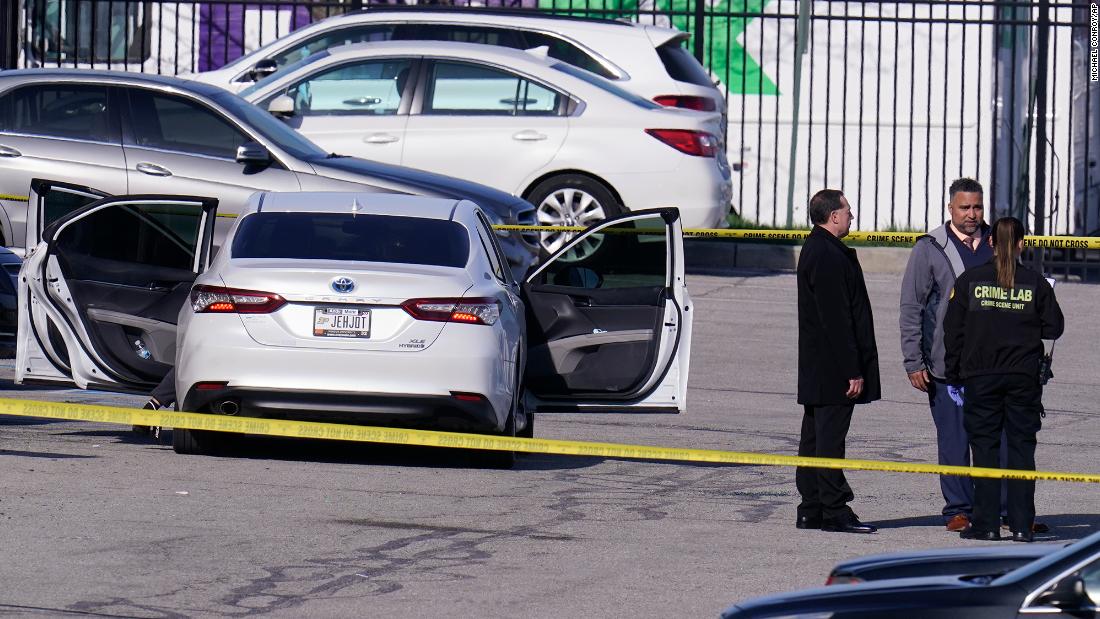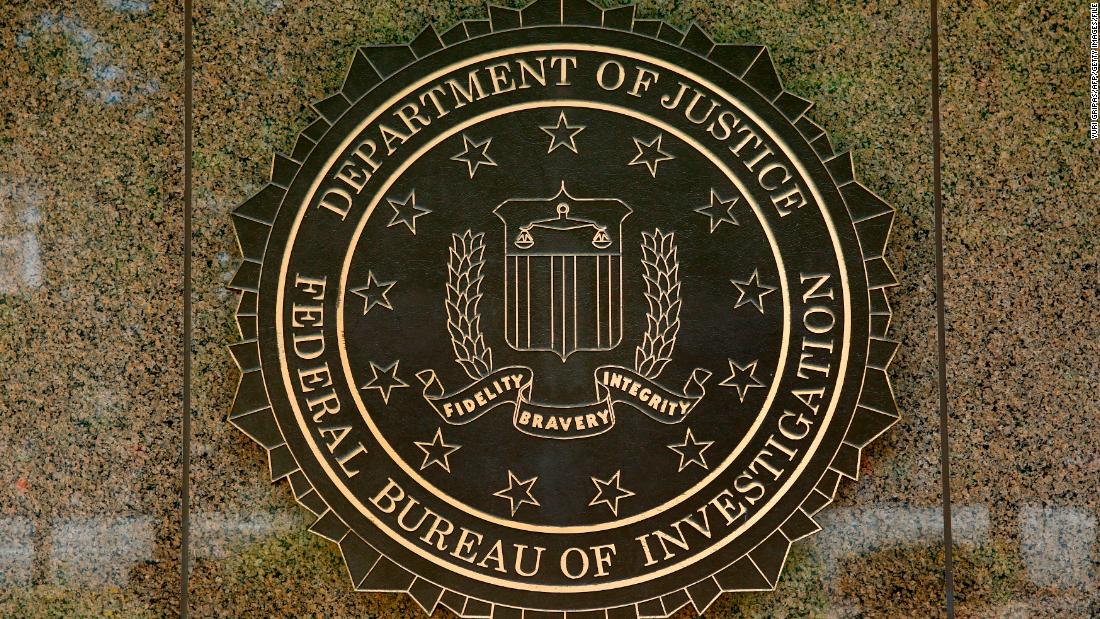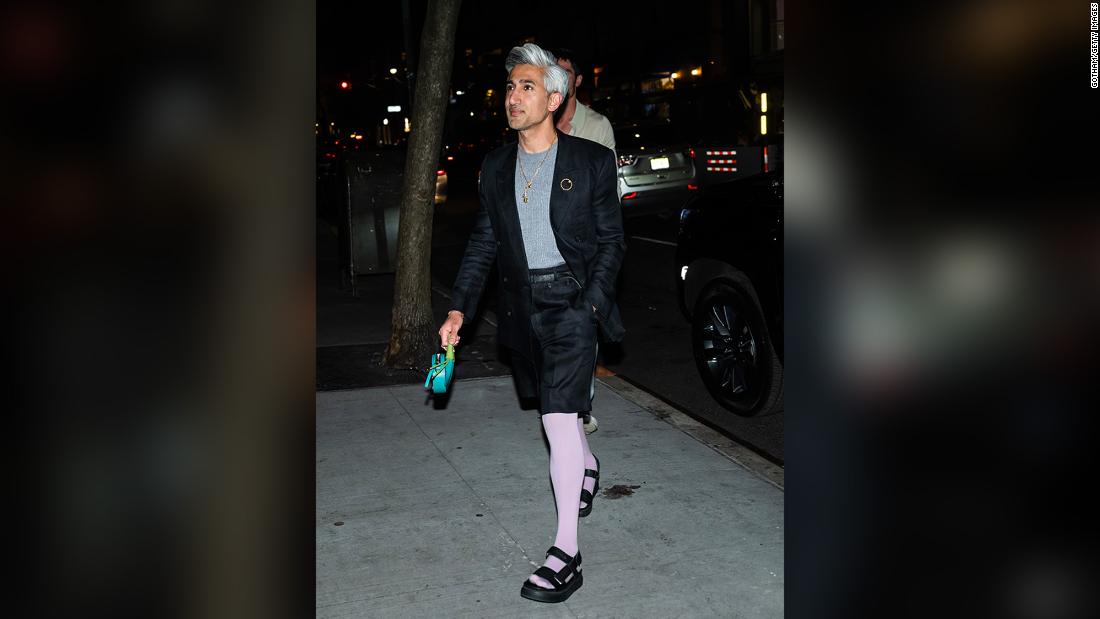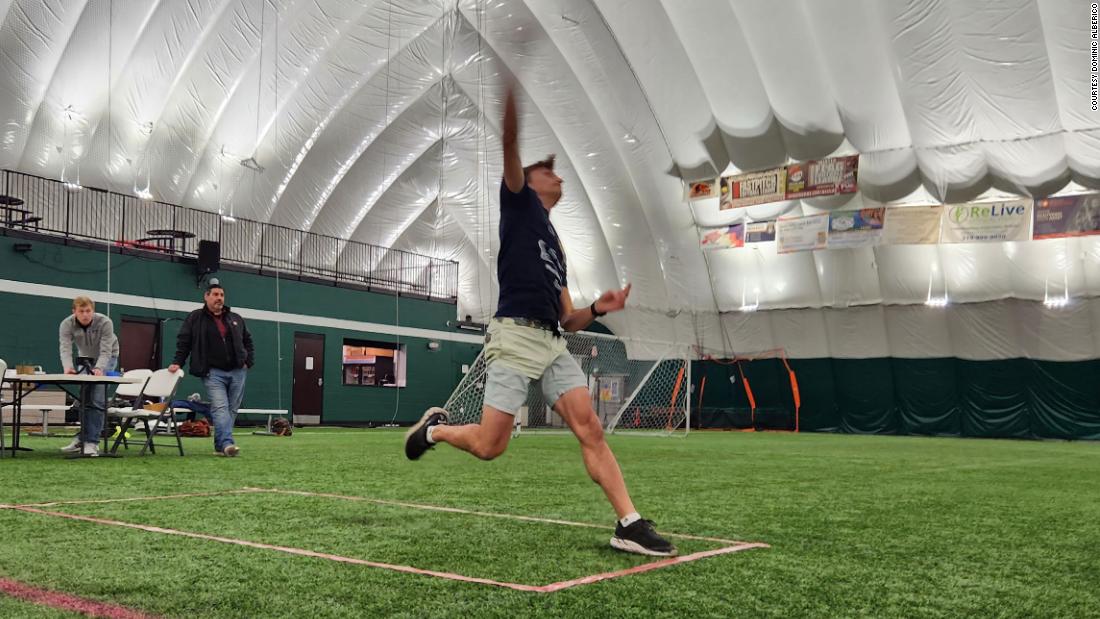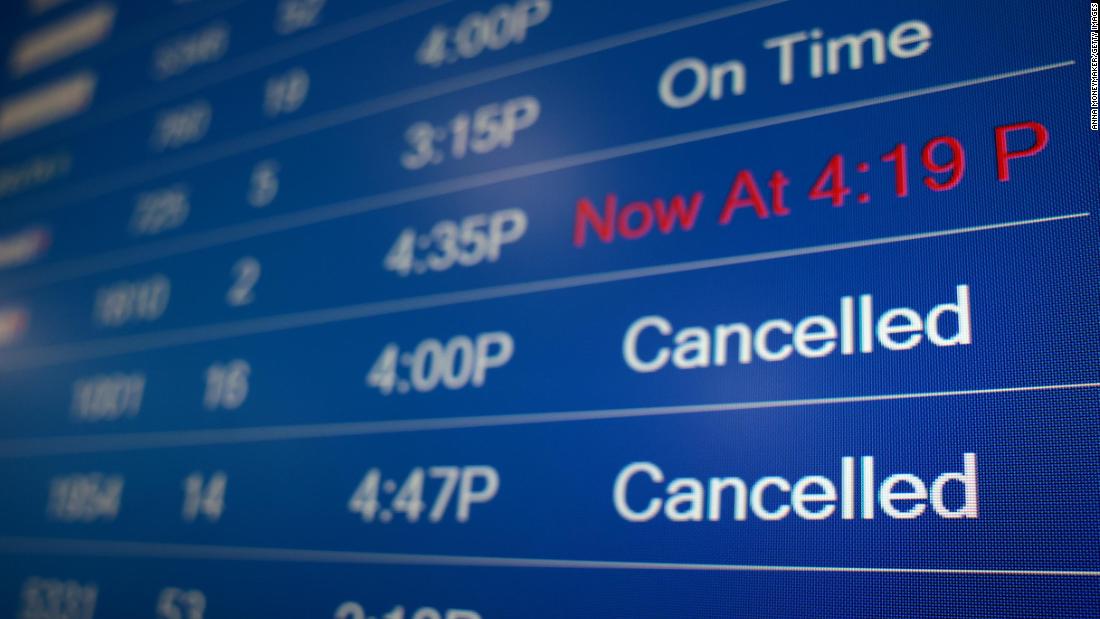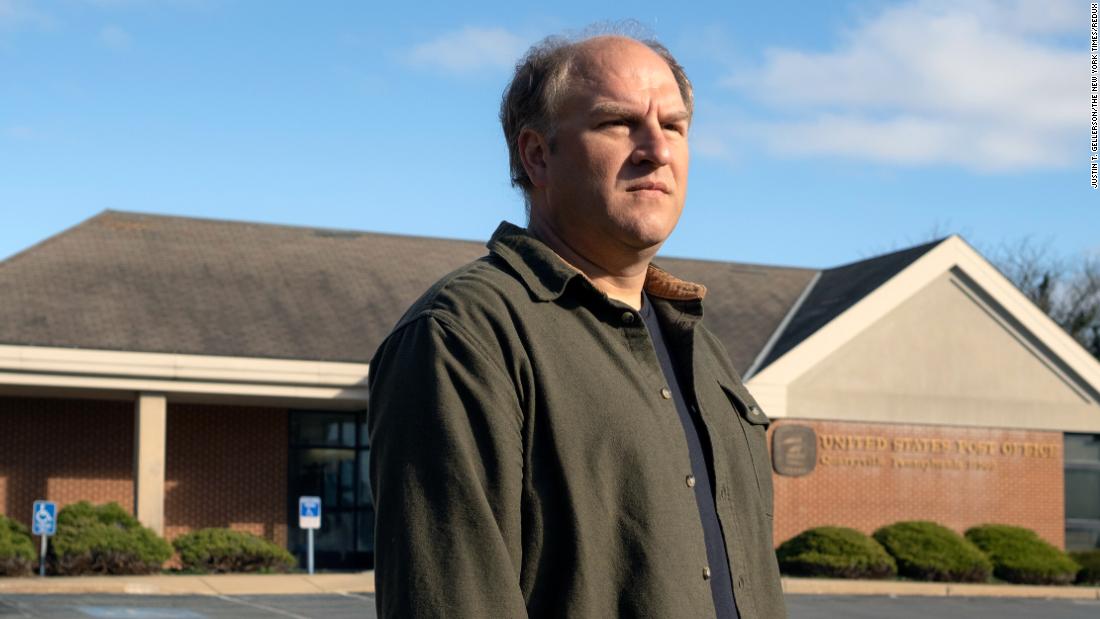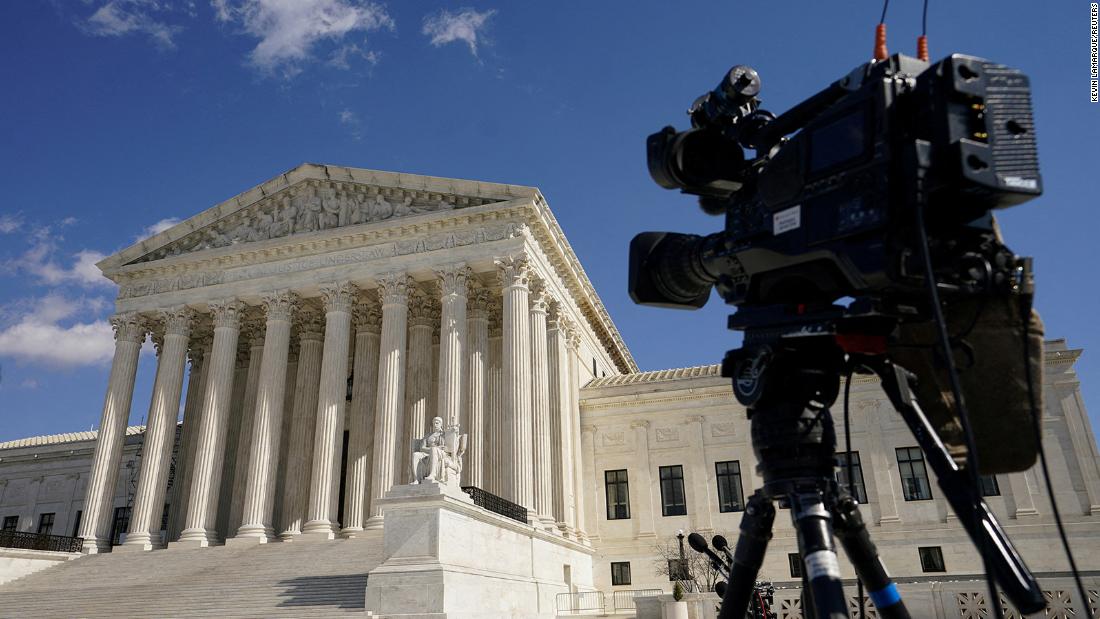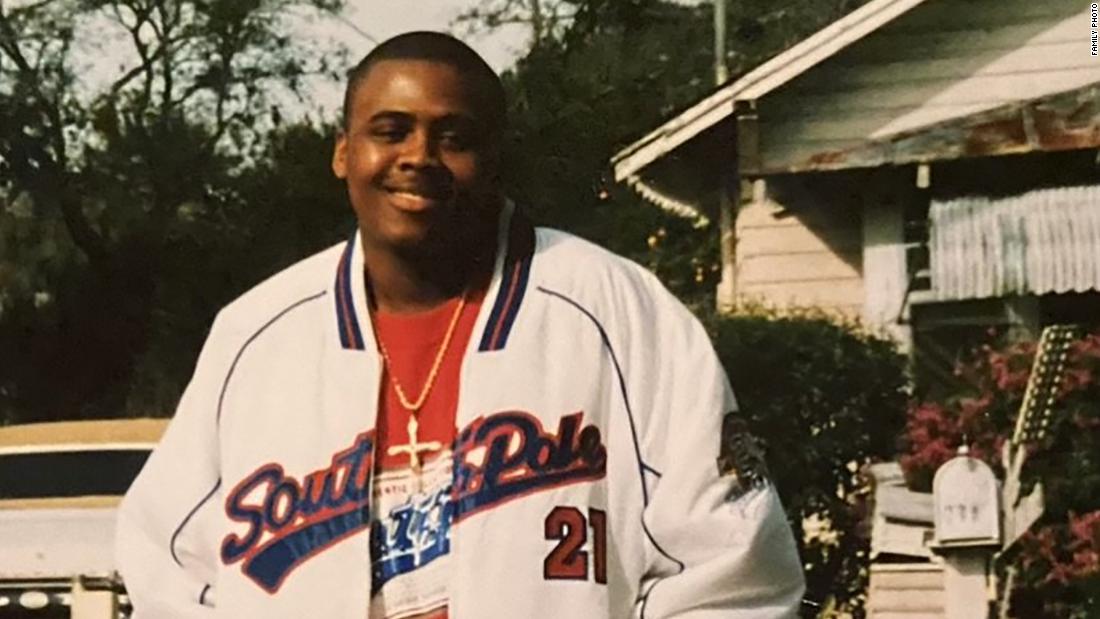AFTER decades of careful driving, some motorists may feel miffed at Government proposals to bring in eye-tests for over-70s.
At 70, drivers are actually relatively safe on the roads. The figures spike up after 80 and, in particular, after 85 years old.
GettyOne in five young drivers crash in their first year behind the wheel and over 1,500 young drivers are killed or seriously injured each year[/caption]
GettySome over-70s feel unfairly targeted by proposed compulsory eye tests, as crash rates rise mainly after age 80 – and reckless young drivers have been completely ignored[/caption]
But the big gap in these plans is for 17 to 24-year-old drivers who are over-represented in car crashes.
They are not at risk from poor eyesight but inexperience and risk-taking.
The figures are stark. One in five young drivers crash in their first year behind the wheel and over 1,500 young drivers are killed or seriously injured each year.
It is these young drivers that seem to have been overlooked in the planned shake up of driving laws.
Almost every weekend now we see crashes with three or four teenagers in the car. It’s usually because the driver is inexperienced and having mates in the vehicle can be distracting.
And it’s not just the young people themselves who are killed or injured. Other drivers and passersby are caught up in this carnage.
The Automobile Association has looked at how Australia, New Zealand and Canada do things.
They limit the number of same-age passengers a driver can have in their car for the first six months after taking their test.
We estimate if that policy was adopted in the UK it would save at least 58 lives and at least 934 serious injuries.
It would cut the young road deaths from between 20 to 40 per cent.
Some argue that it’s limiting driver and passenger freedom.
But there’s nothing particularly free about being wrapped around a tree at two o’clock in the morning.
As for the eye tests for older drivers, 70 is the new 50. People are fitter and healthier after pensionable age.
Should the mandatory test be at 70, or would it be fairer at something like 75 or 80, which is a closer reflection of the safety figures?
It’s important for all drivers to have eye tests, perhaps every three years, not only for road safety but also because it can pick up on other health conditions as well.
When you analyse people who kill or are killed in drink-drive incidents they aren’t a bit over the limit or a bit under the limit. Many are double the limit
Another proposed driving law change currently in the consultation process is stricter rules for drink-driving.
Under the new plans, the drink-drive limit is expected to be tightened from 35 micrograms of alcohol per 100 millilitres of breath to 22 micrograms.
This would bring it into line with limits in Scotland, which were lowered in December 2014.
Intuitively, you’d think lowering the limit would be a positive for safety but evidence I’ve seen from Scotland shows that it has little effect.
When you analyse people who kill or are killed in drink-drive incidents they aren’t a bit over the limit or a bit under the limit. Many are double the limit.
So it won’t be a massive safety issue on its own, but if it is linked to publicity campaigns and better police enforcement it could have an effect.
Another proposed law change is to punish drivers with penalty points if their passengers fail to wear seatbelts.
Seat belts are the simplest, single safety measure. They can reduce the risk of death by 50 per cent.
So it is a no-brainer that we should have more enforcement over wearing them, but we need the traffic cops to do it. Unfortunately, dedicated traffic police have been reduced by more than 20 per cent over the last decade.
That’s a big failing because having a police presence acts as a deterrent for things like drink-driving, drug-driving and wearing seatbelts.
Serious offenders
The big, big reduction in traffic police is really noticeable.
Currently, you can drive 250 miles and you will see a lot of speed cameras, but you won’t see many marked police cars.
For any one of these mooted new policies to work you need more dedicated traffic cops.
There’s a really interesting study from the Home Office… It found dangerous and reckless drivers are more likely to be a burglar, rapist or murderer
Traffic policing isn’t just important for road safety, it also helps clear up general crime.
The Yorkshire Ripper, Peter Sutcliffe, was caught by a cop on traffic duty.
There’s a really interesting study from the Home Office on the criminal history of serious traffic offenders.
It found dangerous and reckless drivers are more likely to be a burglar, rapist or murderer.
Therefore having traffic police stop someone for reckless driving means they are more likely to stop someone from committing other crimes.
So what we need alongside any new safety measures is proper police enforcement.
That means more traffic cops making more stops and acting as a tough deterrent.
It’s the best way of making roads safer for all of us.
GettyWhen you analyse people who kill or are killed in drink-drive incidents they aren’t a bit over the limit or a bit under the limit. Many are double the limit[/caption] Published: [#item_custom_pubDate]















